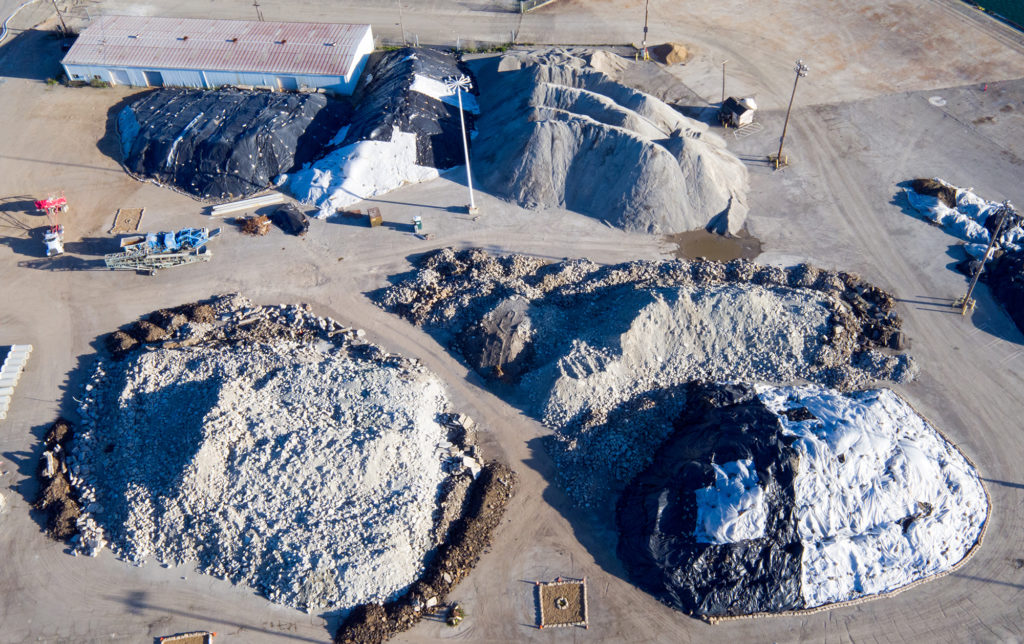Volume calculation finds application in earthworks projects such as road works, irrigation canal projects, tank surveys, earthmoving, etc. On such projects, it is often necessary to modify the existing ground levels to create platforms to build on. Accurately calculating the volumes of soil that must be removed (cut) or added (fill) to create the final ground levels is an essential part of the planning process.
For earthwork contractors, the key to survival is an accurate estimate of earthwork quantities. Without an accurate estimate, the contractor will have little to no chance of presenting an accurate bid (let alone a winning bid). Therefore, without an accurate estimate of earthwork volumes, the contractor will be unable to properly assign construction assets or formulate a project schedule. Estimating earthwork construction requires many assumptions and unknowns. Because of this, it is this portion of the construction project that represents the greatest financial risk to the contractor.
There are three main methods of carrying out volume calculation or estimation. These are;
- The cross-section method
- The grid method
- The contour method
The contour method, by far, presents the most accurate of the three methods of volume estimation (for the simple reason that the other two methods are manual in nature) but it needs to be used in conjunction with specialist software for excellent results. It is also quicker and is definitely the way to go for companies that estimate earthworks on a regular basis. There are a number of software products available for this purpose but they vary greatly in complexity and price.
The principle of volume estimation by contour method lies on the premise that two sets of surface data are required, which are;
- Initial level: Original Ground Level (OGL) survey data
- Final Level: Proposed/Design level or Formation level survey data
Step 1: Whether you’re using a total station or RTK, OGL survey data is picked along the outline of the earthwork heap. When using a total station, it is appropriate to set up on top of the heap so that there is a line of sight with the reflector at all times. Most heaps are irregular in shape, so data should be picked at points that represent curves of the outline.
Step 2: Formation level survey data is picked on the heap as you walk on it. This should not be done haphazardly but rather on locations that represent a change of slope. When storing data in your equipment, it is paramount to indicate the correct code (Whether GL or FM) as this could mean the difference between excellence and disaster.
Step 3: Once the data has been downloaded, it is expedient to separate the data by the code. GL should form one set of data while the other set should include both GL and FM.
Step 4: Depending on the choice of software, two surfaces should be created. One surface should be created with the GL set of data while the other surface the data that includes both GL and FM. In Civil3D, creating a surface automatically generates contours.
Step 5: This is the final step and involves comparing the two surfaces that have been created in step 4 relative to each other. If you’re using Civil3D, type in the command “REPORTSURFACEVOLUME”. It should take you to a dialog box that makes you choose the base surface and the comparison surface. Selecting the respective one gives you results for ‘cut’, ‘fill’, ‘net volume surface’..etc.
An accurate earthwork estimate is one that results in the contractor not losing his money. So the needed accuracy is defined by the job’s contract terms. However, a contractor does not need to account for every shovel of dirt. On most jobs, small errors in cut and fill will compensate each other. If the survey data is picked well, then the use of the contour method to create a DTM will lead to the greatest accuracy in the earthwork estimate.




